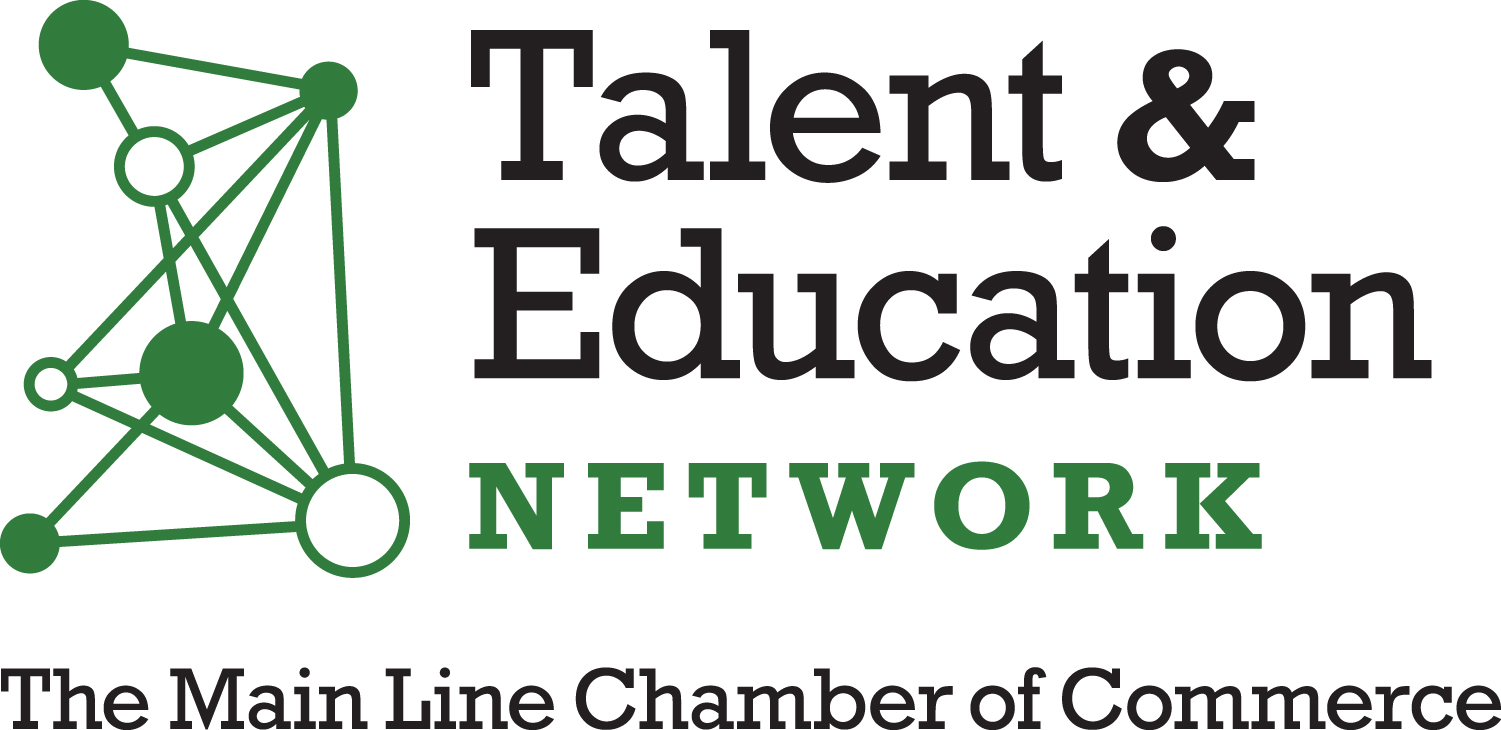Vanguard – Mark Vandenburg
Like most of my friends, when I graduated from college, I was ready to take on the world and be a force for change. Unfortunately, like most other college graduates, I entered the job market with unpaid student loans. My first bill 6 years ago drove reality home: I was staring at a balance of over $100,000.
I asked myself the same question you’re probably asking yourself right now: “How am I possibly going to pay off this loan, buy a house, travel the world, and save for retirement?”
After taking a few deep breaths, I calmed down, composed myself, and thought long and hard about how to tackle this dilemma.
The balancing act
Don’t let student debt control you. Many indebted Americans don’t believe they can achieve financial success after starting out so far in the hole. Nothing could be further from the truth. You have to stay positive and develop a strategy for creating a vital component we all need: a balanced plan.
I recently compiled a list of all the S.M.A.R.T. goals I want to accomplish in my life—career path, family, financial stability … everything.
Here are a few of them:
- Save 10% of my earned income with the goal of stashing a year’s salary for retirement by age 30.
- Create a $10,000 emergency fund by saving $75 every paycheck.
- Cut my student loan debt in half by age 30 by applying extra income and bonuses toward the principal.
Many financial professionals suggest going all-in and paying off debt first, and then concentrating on building wealth, saving for a home, or retirement. But just as we stress balanced investment selections, leading a balanced life is vital to success too.
What if I’d focused solely on paying off debt and my air conditioner took its last breath in the middle of a steamy summer? (True story—it happened last year.) I would’ve had to dig deeper into debt to finance that chilly setback. I urge you not to attack only 1 goal at a time. Slowly chip away at all your goals simultaneously, and be patient.
Get creative and strive to accomplish fun goals like furthering your education or taking a long vacation. I did all these things, which made goal planning much more fun!
I encourage you to write down your goals and post them in a place you look at every day to remind you what you’re working toward and why.
The dreaded “B” word
Most people call it a “budget,” but I prefer “spending plan.” Track how much money you’re bringing in and how much you’re spending. Then allocate your earnings by setting targets for certain categories like fixed costs (housing, loans, utilities); retirement savings; short-term goals (vacations, emergency fund, charitable giving); and discretionary spending. A quick Google search will help you get started—you’ll find dozens of budgeting apps and online resources.
Remember, you can’t afford not to save for retirement.
In a July 2019 Barron’s article, Connor Smith writes that a hypothetical investor who saves $2,000 a year from age 27 to age 65, earning 10% annually, would retire with over $883,000, a gain of more than $805,000. Not too shabby, right?
However, if another hypothetical investor started saving $2,000 a year at age 19—only 8 years earlier— earned 10% annually until age 27, then stopped investing altogether, they’d have almost $1.04 million when they’re age 65, a net gain of over a million dollars without a single contribution for 38 years!
The 2 hypothetical examples above don’t represent the return on any particular investment, and the rates of return aren’t guaranteed. The final account balances also do not reflect any taxes or penalties that may be due upon distribution. Withdrawals from a traditional IRA before age 59½ are subject to a 10% federal penalty tax unless an exception applies.
But the point is this: Even if you’re strapped with student loan debt, the earlier you start saving, the better off you’ll be over the long term.
We recommend you save 10%–15% of your salary for retirement (that includes any employer match, if you’re lucky enough to receive one). If you can’t start at 10%, that’s okay. Try to save at least enough to take full advantage of your employer’s match and slowly increase that amount each year while you continue to clear out more debt.
To help increase your savings, choose from myriad tax-advantaged account types to build tax-efficient wealth. I encourage younger investors to consider Roth IRAs and HSAs (health savings accounts) if they’re comfortable taking on moderate health insurance risk.
Time is your best friend. Use it wisely. Invest in the market early and often to capitalize.
Rumors abound that Albert Einstein once said that compounding interest is the eighth wonder of the world—and those who understand it, earn it.
I always say that opportunity cost is opportunity lost.
Building wealth, slowly and steadily
If you’ve been a conscientious investor and have already taken these steps toward retirement, good for you! You’re on your way to tackling debt and achieving financial success.
My next piece of advice is the most important: Be patient.
Building wealth takes time—maybe even decades. The majority of wealthy people didn’t become rich overnight. Chris Hogan, the author of one of my favorite books, Everyday Millionaires, has this to say about achieving financial success: “You have to throw hard work, education, financial discipline, sacrifice, and patience into a Crock-Pot to enjoy the rewards of success.”
So get cooking!
Reward yourself
Barring any drastic market downturns, I’ll hit the retirement savings goals I committed to accomplish by age 30. And I’ve already cut my student loan debt in half.
Since I’d achieved 2 major goals, my fiancée and I celebrated by going out to a nicer restaurant that we typically reserve for special occasions. Because while building wealth takes patience, discipline, and hard work, it shouldn’t stop you from having a little fun along the winding road that is life!
